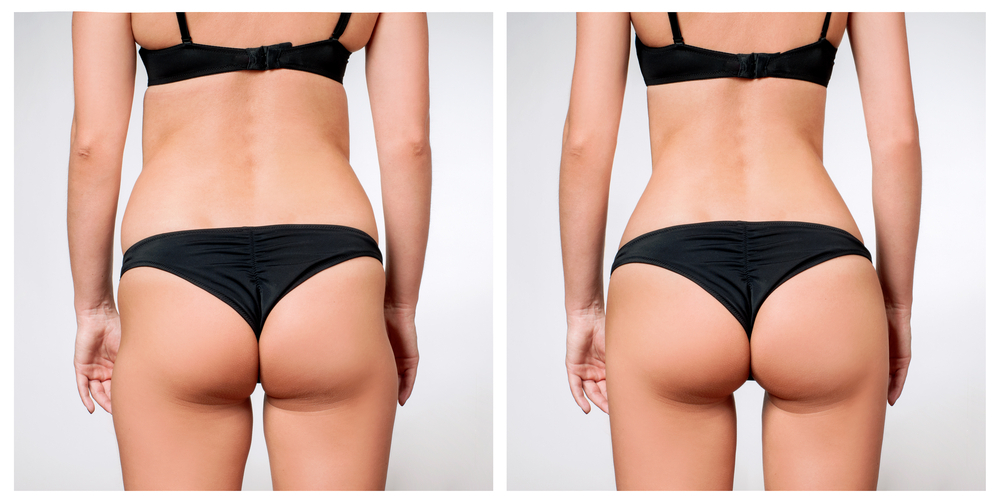During a breast lift procedure, a plastic surgeon reshapes your breasts so they have a more youthful appearance. There are different types of breast lifts. Each one is suited to different women, depending on their body type and the results they’re hoping to achieve. Before opting for a breast lift, it’s important to understand what the different procedures involve. At DFW Aesthetics & Plastic Surgery, we see all patients for an initial consultation to answer any questions they have and help them choose the treatment option that’s best for them. Part of this process is going over a procedure’s risks.
Potential Breast Lift Risks
Regardless of the lift technique used, there are general potential breast lift risks. According to the American Society of Plastic Surgeons, these include:
- Anesthesia risks
- Infection
- Fluid accumulation
- Breast asymmetry
- Changes in nipple or breast sensation (either temporary or permanent)
- Infection
- Poor healing of incisions
- Bleeding or hematoma formation
- Irregularities of breast contour and shape
- Potential partial or total loss of nipple and areola
- Deep vein thrombosis
- Possibility of needing corrective surgery
While there are various risks associated with surgery, complications are rare. An experienced, Board-certified plastic surgeon who is committed to patients’ health and safety greatly reduces the risks.
4 Types of Breast Lift Surgeries and Their Risks
There are four main lift procedures from which to choose. They differ in terms of the incisions made and what breast type they’re best suited to. Because of this, each has different risks of scarring.
1. Crescent Lift
With this type of breast lift surgery, a plastic surgeon removes a crescent of skin at the top of the nipple. This aims to improve nipple position. The crescent breast lift, which is ideal for women with minimal sagging, is the least invasive form of breast lift. For this reason, it carries the lowest risk of noticeable scarring.
2. Peri-Areolar (Donut) Lift
The donut lift gets its name from the fact that a cosmetic surgeon makes a circular incision around the nipple during the procedure. This type of breast lift is ideal for women with nipple asymmetry or who want a mild lift. The procedure is slightly more invasive than the crescent lift, so carries a higher risk of scarring. Still, for most women, the scar is barely visible.
3. Vertical (Lollipop) Lift
A plastic surgeon makes a vertical incision from the bottom of the nipple to the crease of the breast. The vertical lift technique is effective for women who have low-hanging breasts. It’s the third most invasive method, so it carries a greater chance of noticeable scarring compared to the donut lift.
4. Anchor Lift
A plastic surgeon may recommend anchor lift surgery if you have significant drooping of the breasts. Three incisions are made:
- A vertical incision from the bottom of the nipple to the breast crease
- A horizontal incision along the breast crease
- A circular incision around the nipple
The anchor lift is the most invasive type of breast lift surgery and so carries the greatest risk of scarring.
Other Popular Types of Breast Lift Surgery
Breast Lift with Augmentation
Many patients decide to combine a breast lift with breast augmentation. This can achieve desired results that can’t be achieved with a lift alone because augmentation is designed to increase breast size, using either implants or fat transfer.
The combination of a lift plus augmentation carries its own risks, particularly when implants are used. Risk of breast implants include:
- The need for additional surgeries – This may be the case if you want to increase or decrease your implant size or you want a new type of implant instead.
- Scar tissue that forms around the implant and squeezes it as a result
- Breast pain
- Changes in nipple and breast sensation, which can be short-lived or longer lasting
- Rupture or deflation of the breast implant – This risk varies depending on the type of breast implant. Gummy bear implants, for example, are less likely to rupture than saline or gel implants.
- Hardened or misshapen breasts
- Infection
Breast augmentation with fat transfer is generally less risky since your own tissue is used. Potential risks include:
- Cysts
- Infection
- Death of fat cells
- The possibility of some fat cells leaving the breast area
The Bellesoma™ Technique
With the Bellesoma breast lift technique, a plastic surgeon creates new breast mounds out of your existing tissue. He or she uses specially designed 3D software to create a blueprint of how best to create the mounds. These mounds are placed higher on the chest wall, adding lift as well as volume (without the need for implants). The Bellesoma breast lift technique involves hidden incisions only along the breast crease and areola. This means the surgery has a low risk of scarring. Any scars should naturally blend in and fade over time. Also, since your own tissue is used for the procedure, it is unlikely your body will reject it. (This can happen with artificial implants.)
Like any other type of surgery, a breast lift involving the Bellesoma method carries potential risks. Dr. Ver Halen is one of only a handful of plastic surgeons in the country that can perform this method. He also has plenty of experience with it. He is aware of the risks and equipped to minimize them.
How to Ensure a Smooth Recovery
It’s important to follow your doctor’s recommendations during recovery because aftercare is essential to achieving the best breast lift results. Aftercare includes wearing the right sort of clothing, taking off time from work, and avoiding strenuous activity for the recommended period of time. A botched recovery can cause complications. Patients who do not prioritize their recovery may run the risk of prolonged pain and swelling, as well as increased scarring and the need for further surgery to correct any complications. By looking after yourself post-surgery, it’s likely that you’ll avoid such issues.

What Happens If a Complication Occurs?
If a complication does occur, don’t worry. This doesn’t mean your breast lift is ruined. As soon as you notice any issues, book a follow-up appointment with your plastic surgeon. He or she can assess the situation and recommend the best course of action. For most complications, the solution is usually quite simple.
Dr. Ver Halen is an experienced plastic surgeon, and the team at DFW Aesthetics & Plastic Surgery are experts at communication and experienced in caring for our patients. We aim to make sure every breast lift surgery performed at our Colleyville location goes as smoothly as possible. Any signs of complications are addressed and resolved immediately. Schedule a consultation today, so we can discuss your breast lift options with you in depth and help you choose one that will get you the results you’re looking for.







